“The buried years are gone! — but I remain.
The world hath aged grown; — but I am young,
Still young in agony, which fiercer grows,
As the slow weary flapping wing of weary Time
Drags heavily onward. — Thy soul-searing curse, […]”From The Death of Cain in Dramas of the Ancient World
by David Lyndsay
Mary Diana Dods, David Lyndsay, and Walter Sholto Douglas were thought to be three different people until 1991, when literary academic Betty T Bennett uncovered their story in “Mary Diana Dods, A gentleman and a Scholar”.
Walter’s story is exceptionally unique. One that should be recognised for what it was, not what it could be. Considering the extraordinary effort it took to create Walter, I understood it as my duty to refer to them with the identity they were last known for. I use he/him and they/them to refer to Walter.
Walter Sholto Douglas, christened Mary Diana Dods 1790, was raised alongside their sister Georgina Douglas in the Dalmahoy House, the seat of their father, George Douglas, the 16th Earl of Morton.
It’s assumed that both siblings were of illegitimate nature, which likely played a role in their relocation to London to avoid scandal.
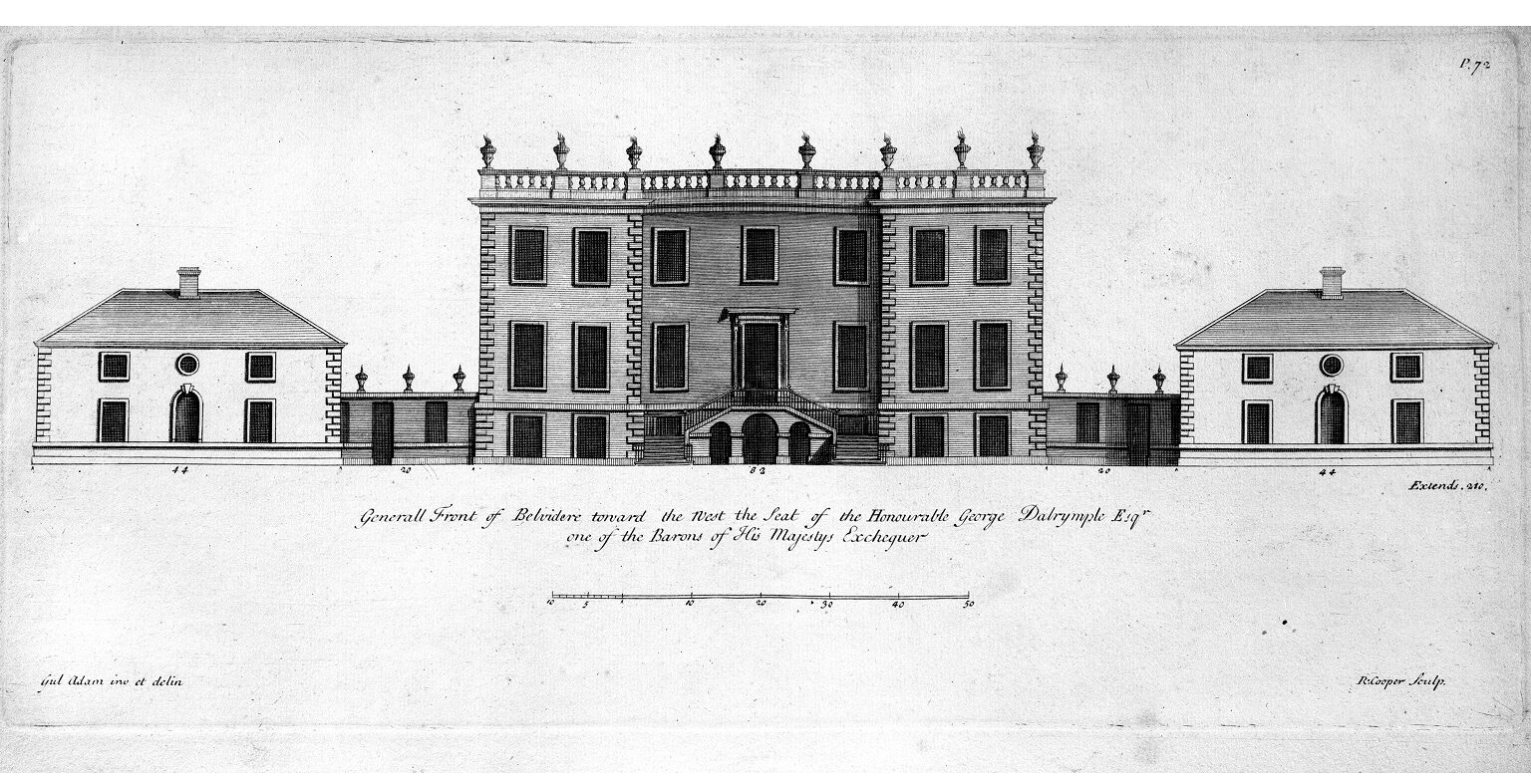
© Courtesy of HES. This is a photographic copy of an engraving of Dalmahoy House. Zoom in on Canmore
By 1810, their father had married, and Georgina married and moved to India, leaving Walter to their own devices. Letters from both siblings give us a flavour of the family dynamic. They suggest their father offered little help, financially or otherwise, and that Walter might have lived with a disability.
The age of the nom de plume
By 1821, Walter, still known as ”Mary”, begins to submit translated works and compositions under the name of “David Lyndsay”.
Anonymous submissions were a popular trend of the 18th century and relatively unquestioned. Writers of all genders and abilities submitted work with a nom de plume, and Walter followed suit.
“I sometimes, about once a quarter, write a criticism for the Reviewers upon some popular work, any that happen to be the fashion, for which, I am esteem’d one of the cleverest and keenest of that race of Vipers.
“I am paid tolerably well, ten Guineas per sheet, but this not under my own name I dare not acknowledge the Fact lest the angry Authors whose works I am compelled to maul in the course of my vocation should return the compliment and maul me in return.”
M D Dods, letter to Lord Morton, 26 June 1822
Walter offers a genuine reason for writing under a male pen name, but it doesn’t feel like it was the only reason. As “David”, they submitted many works for publication, including essays, stories and translations – not just critics. Why did Walter downplay his success?
“It would be absurd to say anything in the way of praise to the Author of such scenes, for the mind that was capable of conceiving and so admirably executing them, must be conscious of its own powers, and feel that the world must do them justice.”
William Blackwood in a letter to David Lyndsay, 3 January 1822
This speaks volumes of the the integrity and intelligent work Walter created under the name of “David Lyndsay”. His work was so admired, that “David” was invited by the reputable Blackwood Magazine to submit work as part of “Collections of Dramas” in late 1821.
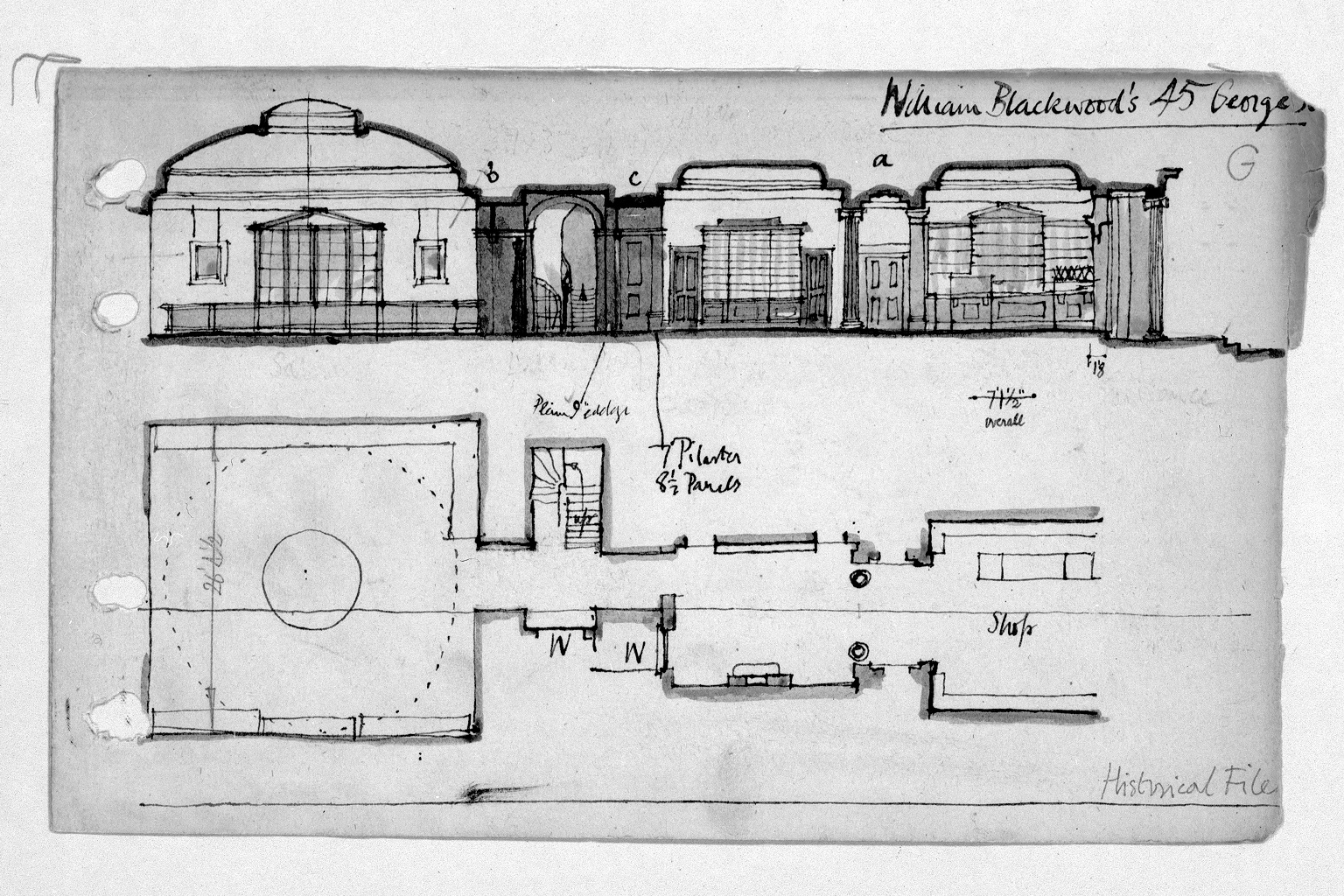
© Michael TRB Turnbull. Licensor www.scran.ac.uk This is a 19th-century plan of William Blackwood’s shop in 45 George Street, Edinburgh
Sadly though, it didn’t sell as well as Blackwood hoped. “David” continues to submit work to magazines including Blackwood’s, however, things slow down by 1823. Some assume that Blackwood refused them work following the disappointment of the sale, but I don’t agree. In letters to Blackwood, “David” mentions that they were ill with liver disease, explaining why they were struggling to submit work on time which might have been a different reason.
‘So wonderfully clever and so queer looking’
“David” and Blackwood continue to exchange letters for years, sharing professional and personal news. Surprising news even, such as “David” joining literature societies in London and befriending respected writers, one being Mary Shelley, the author of “Frankenstein or, The Modern Prometheus”.
Walter did enter those circles but under “Mary Diana Dods”, the name they had been christened with – a woman with no prestigious family name, or fortune. I truly wonder how they joined those circles without the success they had built under their pen name.
The Scottish writer and friend of Mary Shelley, Eliza Rennie, give us a flavour of what might have been:
Certainly Nature, in any of its wildest vagaries, never fashioned anything more grotesque-looking than this Miss Dods.
She was a woman apparently between thirty and forty years of age, with a cropped curly head of short, thick hair, more resembling that of a man than of a woman.
She wore no cap, and you almost fancied, on first looking at her, that some one of the masculine gender had indulged in the freak of feminine habiliments, and that “Miss Dods” was an alias for Mr. —.
She had . . . a complexion extremely pale and unhealthy, with that worn and suffering look in her face which so often and so truly—as it did, poor thing, in hers—tells of habitual pain and confirmed ill-health; her figure was short, and, instead of being in proportion, was entirely out of all proportion—the existence of some organic disease aiding this materially.
Her dress, by its singularity, accorded well with her physical peculiarities and disqualifications, and only tended to heighten and exasperate, so to speak, the oddity of her tout ensemble. She was habited thus: —Her dress was of some white fabric—cambric, I think—and though the fashion of the period sanctioned “gores,” and robes were then, hers was of such a very lean description, that it had something the resemblance of a close-fitting pillow-case. On it was a row of little successive tucks, which reached to the knee, as if to have body and skirt of one material was of too ordinary a character for her toilette.
Eliza Rennie in “Traits of Character; Being Twenty-Five Years’ Literary and Personal Recollections”
“Doddy’s” dressing style assumed them as a man in drag rather than a woman in drag. This is a telling tale in itself.
A marriage of convenience?
Isabella Robinson, a pregnant, unmarried woman of 17 years of age, enters Shelley’s and Walter’s social circle. We don’t know much about Isabella, except she was married to Walter!
Let’s ponder here for a minute. Isabella was in need of a father for her child, but were they in love too?
Shelley played a huge part in helping Walter and Isabella travel to France. She hired two actors with physical similarities and helped them forge signatures and create legal passports to pass as husband and the wife of Walter Sholto Douglas.
Mary Shelley – a friend or a lover?
“Doddy’s” suave personality and intellect won many over. But how did they become such close friends with Mary Shelley?
Eliza Rennie, describes her first impression of “Doddy” and their relation to Mary Shelley:
The charm and fascination of her manner, the extraordinary talent which her conversation, without pedantry or pretence, displayed, soon reconciled me to all the singularities of her appearance, and checked all inclination to mirth; and I quickly ceased to wonder at “Doddy,” as she was familiarly termed by Mrs. Shelley and her intimate friends, being so especial a favourite. She was a great linguist, being thoroughly versed in almost every European language, and, taken together, a person of very remarkable mental endowments.”
Eliza Rennie in “Traits of Character; Being Twenty-Five Years’ Literary and Personal Recollections”
We do know that Walter did reveal their pen name “David Lyndsay” to Mary Shelley. Not only that, but Shelley helped spread the word about “David’s” brilliant writing and encouraged publishers to take their work.
In a letter Mary Shelley indicates that she had been romantically involved with a woman, maybe also physically:
“Ten years ago I was so ready to give myself away—& being afraid of men, I was apt to get tousy-mousy for women.”
I can’t help but feel intrigued by Walter’s connection with Shelley. This friendship formed quickly and became prominent in both of their lives. Without Shelley, Walter wouldn’t be known by this name today.
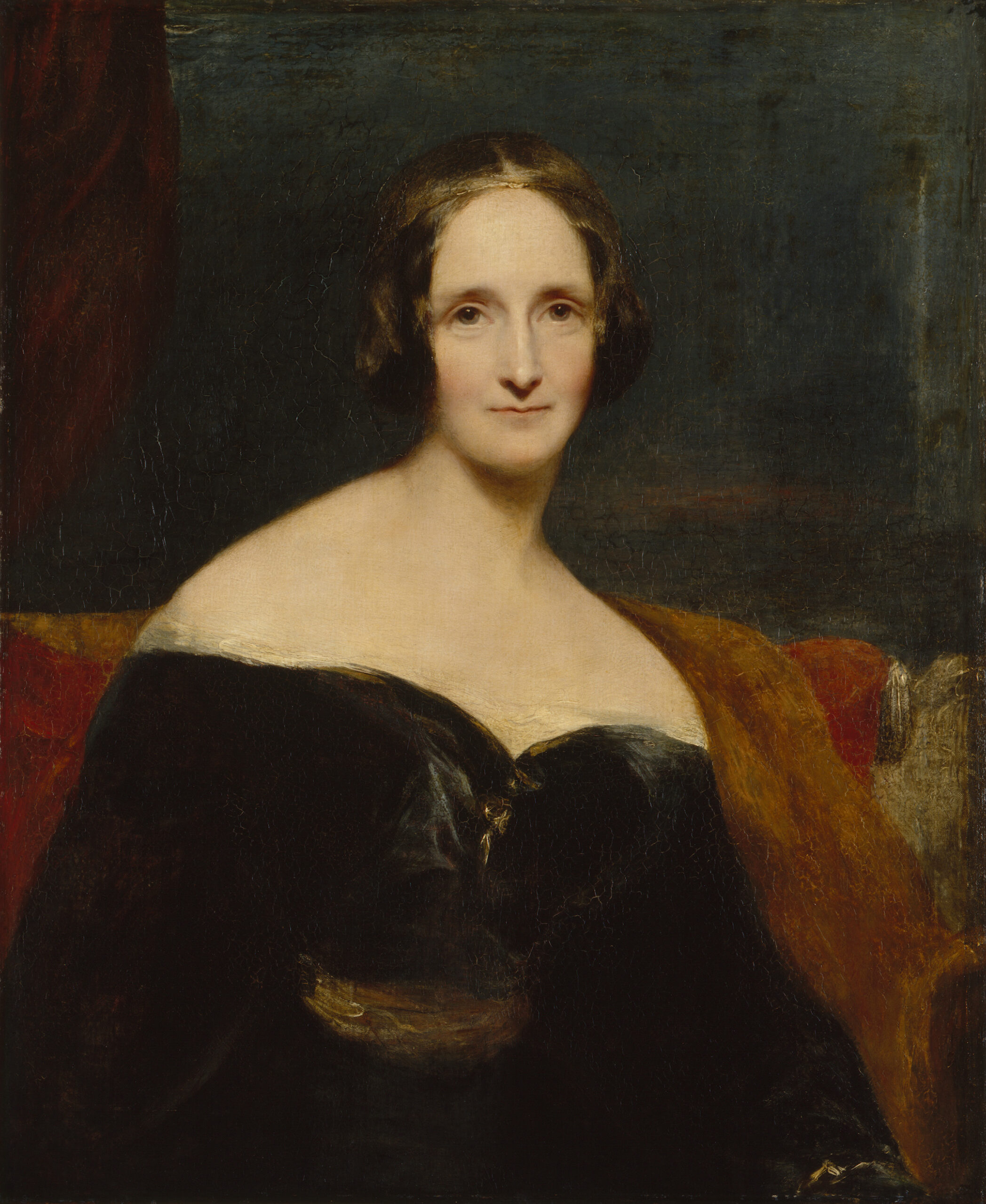
© National Portrait Gallery, London. Oil on canvas of Mary Shelley by Richard Rothwell
Climbing the patriarchal ladder
Some speculate that “Mary” wanted to climb the patriarchal ladder and gain recognition as a writer.
We know it was hard for female writers to be taken seriously – it resonates much with how history was told. But why another name change? “David Lyndsay” was a good name and one they had built a reputation with already. If all Walter wanted was to join important societies in France and find a good post, then bringing “David” to life would have been a true win. After all, this persona existed for years and held respect in literature circles.
Walter had a chance to be “Mary Diana Dods”. Shelley was their way out of the hidden life and the nom de plume, and into recognition as one of the few female writers of the time. Let’s not forget that Shelley did too start with a pen name, and it was changed to Mary Shelley once her work was recognised. Why didn’t ‘Dods’ do the same if climbing the patriarchal ladder was all they ever wanted?
“In a sense, ‘Mary Diana Dods’ is at least as false a name as ‘Walter Sholto Douglas’ for ‘Douglas,’ the family name of the Earls of Morton, reveals a true blood relationship, the paternity that the name of Dods was designed to hide.”
Betty T Bennett in “Mary Diana Dods, A gentleman and a Scholar”
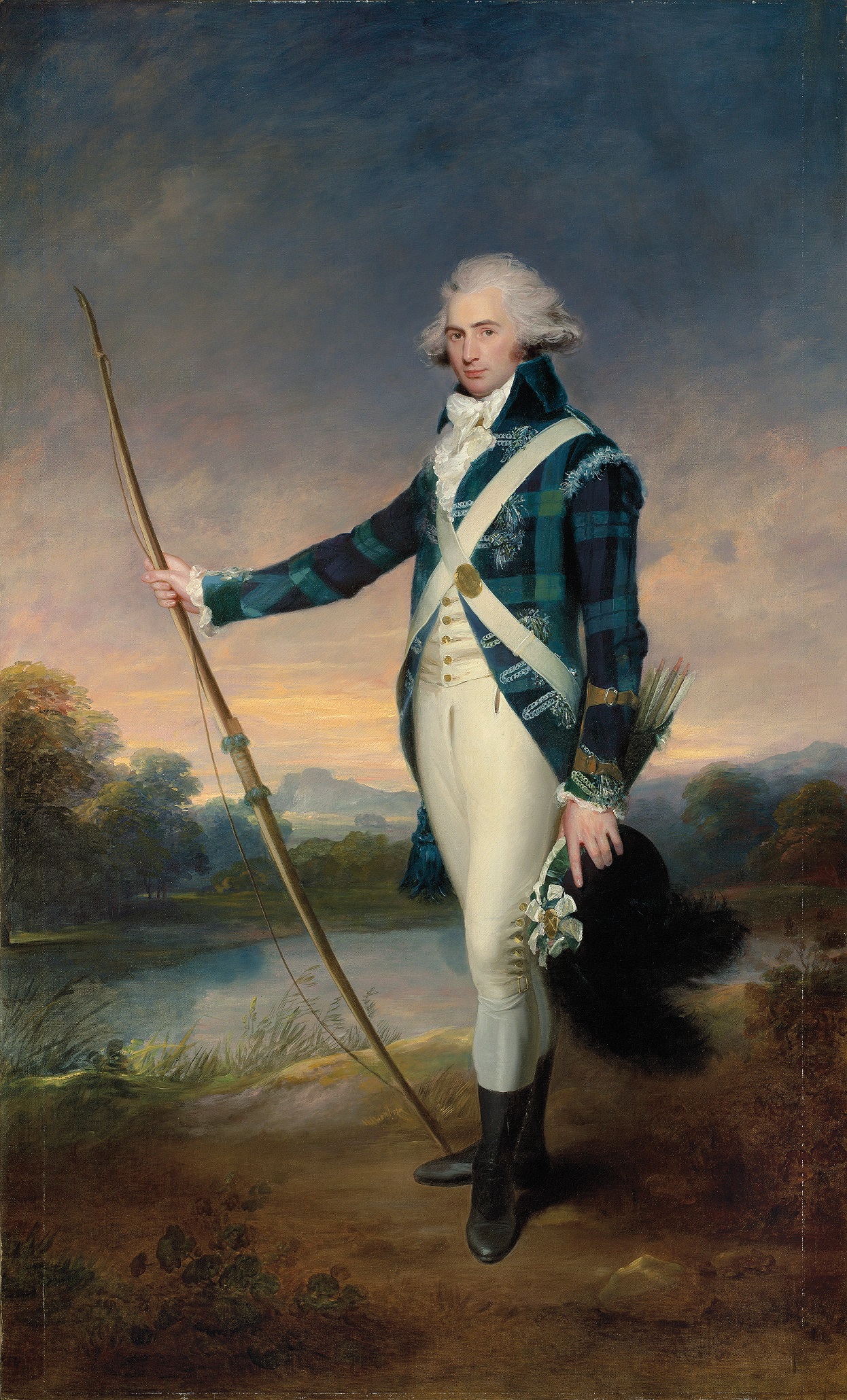
© Christie’s Images / Bridgeman Images
Portrait (oil on canvas) of George Douglas, 16th Earl of Morton, son of Sholto Douglas, 15th Earl of Morton, and father of Walter and his sister Georgina.
The last chapter of Walter Sholto Douglas
There are mentions of Walter joining the “French Anglo society” and forming connections with writers and politicians during their time in France. Sadly, however, it didn’t get them far according to Shelley’s letters. With mentions of his physical and mental health deteriorating, Isabella, young with a child, and financial struggles, Walter was challenged immensely to “make it” into this world.
We do see them back on the pages of Blackwood Magazine around 1828 – under the name of “Walter Sholto Douglas”, but that didn’t seem to get them very far either.
Seemingly, the life-long debts eventually caught up with Walter.
In a letter, sent from a debtors’ prison in November 1829, Walter pleads to have a moustache and masc gear sent to him.
This request brings despair and crippling anxiety to my heart.
I can’t and I don’t want to imagine what it was like for Walter to be with male inmates, trying to hide the “feminine” aspects of their body in an environment where privacy is non-existent.
There are no records of their death, cause, or even a date. One would assume their body was examined and “found out”?
No, they simply disappeared off of the planet.
No one questioned it.
none.
That’s our lives’ worth.
Queer lives.
We come ourselves and we disappear for just that…
Just
That.
Forgotten.
People grief us in silence.
Strangled souls
Staining every breath, we take
The murderer lives…
Lives
Lives
Loves
In the shadow of its judgement
Rest in peace Walter.
About the Author
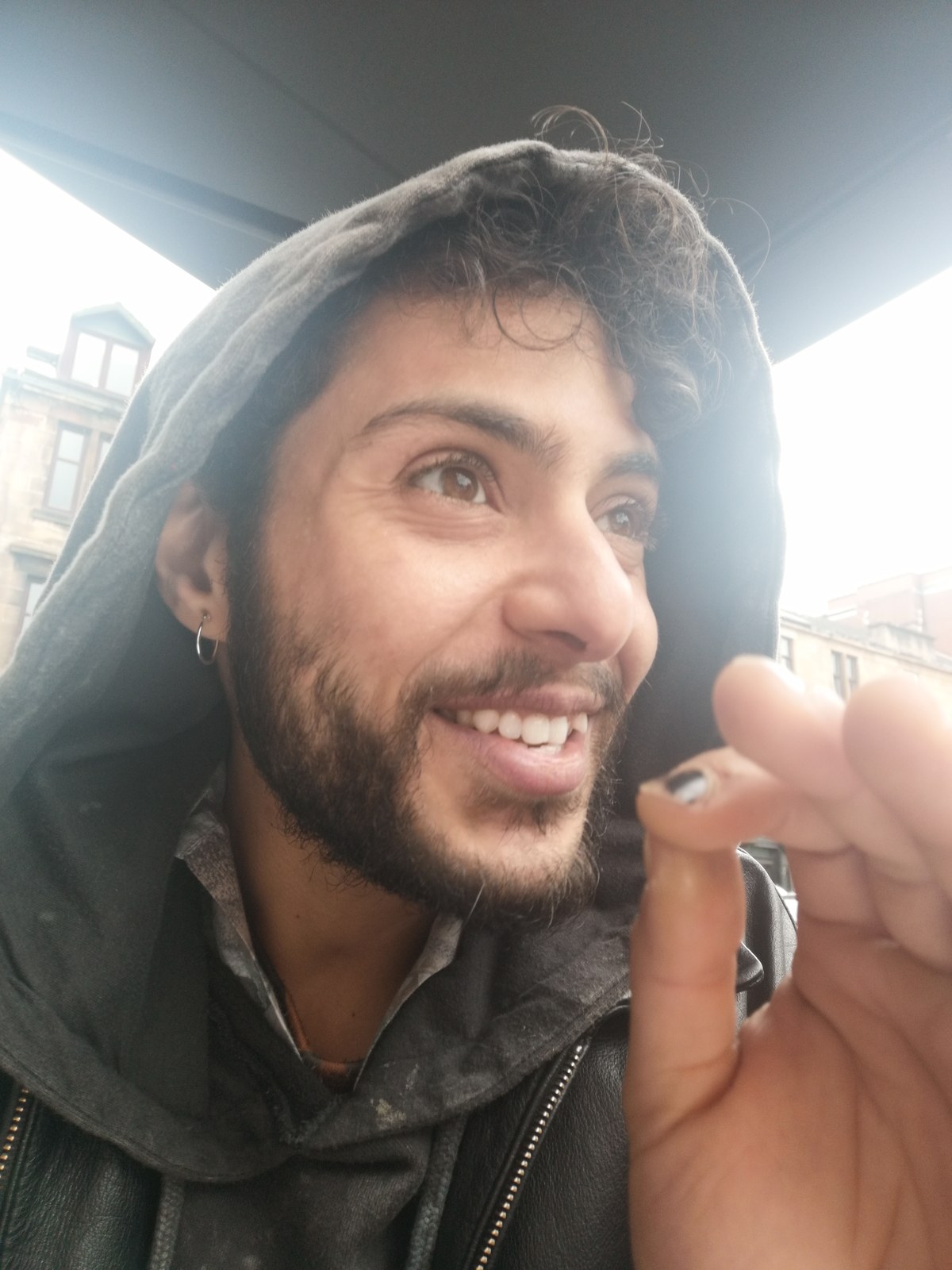 Adam Kashmiry is an award-winning, neuro-divergent, Egyptian-born, Glaswegian-raised Performer, Story-teller, Eexperimental Mover & Writer, and a Queer Activist.
Adam Kashmiry is an award-winning, neuro-divergent, Egyptian-born, Glaswegian-raised Performer, Story-teller, Eexperimental Mover & Writer, and a Queer Activist.
Kashmiry is a qualified Hypnotherapist and his life’s passion is interpreting and understanding the language of the subconscious, and developing a practice that relies heavily on understanding inner challenges and experiences with somatic movement, compassion towards oneself, release and heal. Follow him on insta
Have you heard about Lavender Menace, Scotland’s first ever LGBT+ bookshop? Or do you want to dig into our Brief Timeline of LGBT+ History in Scotland? – Explore more stories from Scotland’s LGBT+ History on our blog.

